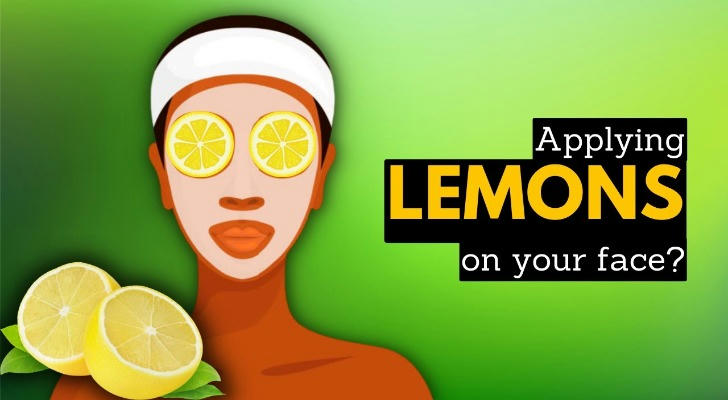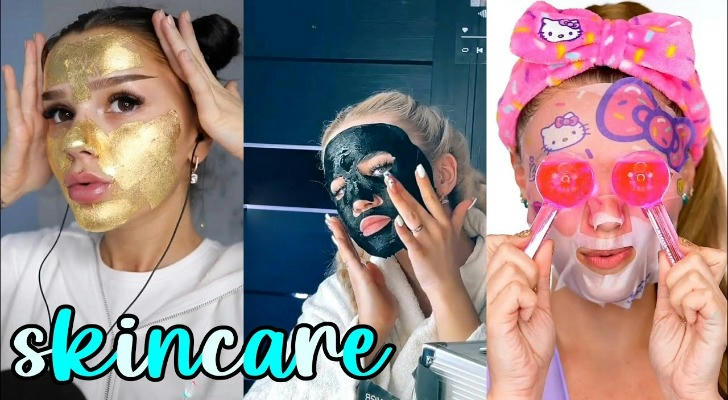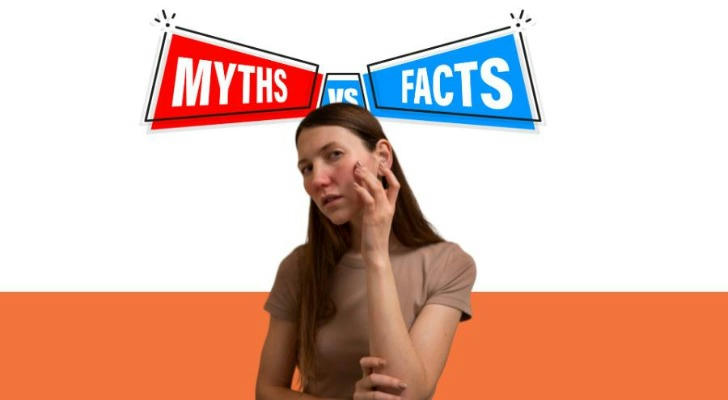Truth or Trend? Breaking Down the Real Science Behind TikTok’s Viral Skincare Hacks
Social media has become one of the main channels for skincare advice. Short video platforms such as TikTok and Instagram have gathered countless "skincare experts" and "DIY tricks", and millions of likes and reposts are hard to ignore. These contents are often simple, intuitive, and seem to be effective immediately - applying toothpaste to eliminate acne, using lemon to whiten the skin, using a scraper to remove blackheads... But are these "skincare secrets" really effective, or are they just short-term traffic gimmicks?
This article will dismantle the popular skincare trends on social platforms from a scientific perspective, clarify common misunderstandings, and combine actual cases to help you judge which methods are worth trying and which ones should be avoided with caution.

Ⅰ. Scientific analysis of popular skincare trends
1. Whitening with lemon juice
Social media claims: Lemons are rich in vitamin C, and applying them directly can whiten and lighten spots.
Scientific analysis: Although vitamin C has antioxidant and whitening effects, there are greater risks in using lemon juice directly. The pH value of lemon juice is around 2, which is very acidic and can easily irritate the skin barrier, causing redness, stinging, and even photosensitive dermatitis. A safer approach is to choose stabilized vitamin C essence products, which are gentle and more effectively absorbed.
2. Use Vaseline "slugging" to lock in moisture
Social media claims: Applying thick layers of Vaseline on your face before going to bed can completely lock in moisture.
Scientific analysis: This method does have a moisturizing effect on dry or barrier-damaged skin. Vaseline is a closed moisturizer that can reduce water evaporation. However, if the skin is oily, acne-prone or infected, this method may aggravate pore blockage and acne formation. It is suitable for temporary repair at night, and frequent use is not recommended.
3. Ice cube massage to shrink pores
Social media claims: Ice cubes can shrink pores and calm the skin.
Scientific analysis: Cold compresses can indeed temporarily constrict blood vessels, reduce redness, swelling and inflammation, but the size of pores is mainly determined by genes, sebum secretion and cleanliness, and cannot be permanently "tightened". Ice massage can be used as a short-term relief method, but it cannot replace long-term skin care strategies.
4. Use toothpaste to apply on acne
Social media claims: Toothpaste contains sodium bicarbonate and mint, which have a drying effect and can "kill" acne in seconds.
Scientific analysis: Toothpaste ingredients are not designed for the skin and may irritate the skin, causing more inflammation or pigmentation. You should choose anti-acne products containing salicylic acid or benzoyl peroxide, which have been clinically proven to effectively reduce acne formation.

Ⅱ. Case analysis: Julia's skin care misunderstandings and repair path
Background introduction: 23-year-old Julia is a college student in New York. She is keen on social media and often follows various skin care videos. She has tried applying lemon on her face, toothpaste to remove acne, and even using a scraper to "clear blackheads". At first, the effect was obvious, but two weeks later, her skin became sensitive, red, peeling, and acne worsened.
Solution: After she went to the dermatology department, she was diagnosed with contact dermatitis and impaired barrier function. The doctor advised her to stop all "Internet celebrity skin care methods" and use gentle cleansing and moisturizing repair cream instead. Three weeks later, Julia's skin condition improved significantly.
Julia's insights: "I used to think that 'natural' meant safe, and I wanted to try it when I saw others using it. Now I understand that everyone's skin is different, and online advice cannot be blindly followed."
III. How to distinguish true and false skin care advice?
See the source of information Prioritize information published by dermatologists, registered skin care experts, or medical journals. Social media bloggers do not always have professional backgrounds.
Check ingredients and mechanisms Understand the active ingredients, concentrations, and suitable populations of skin care products. Be extra careful if popular methods on the Internet do not mention scientific evidence.
Focus on long-term effects rather than "instant effects" Truly effective skin care is a continuous process, and it is impossible to completely change the skin condition overnight.
Small-scale testing Any new method should be tested behind the ear or jawline for 1-2 days to observe whether there is any discomfort.

Ⅳ. Conclusion
Social media makes skin care knowledge more accessible, but it also amplifies many unverified methods and concepts. To judge between "traffic" and "science", we need to have basic skin care knowledge and discernment.
On the road to healthy and beautiful skin, rationality is always more important than fashion. Don't let the temporary "skin care craze" hurt your skin, and don't let misunderstandings slow down your care progress. Every skin care choice is worth stopping and asking one more question: "Is this really scientifically based?"
